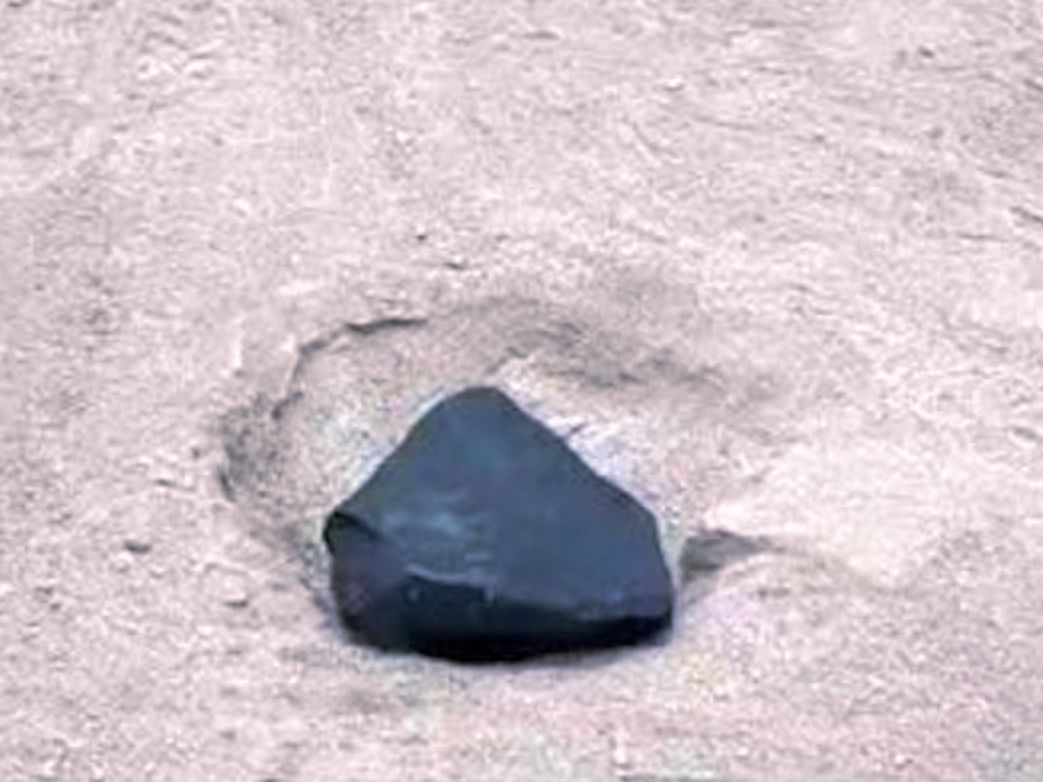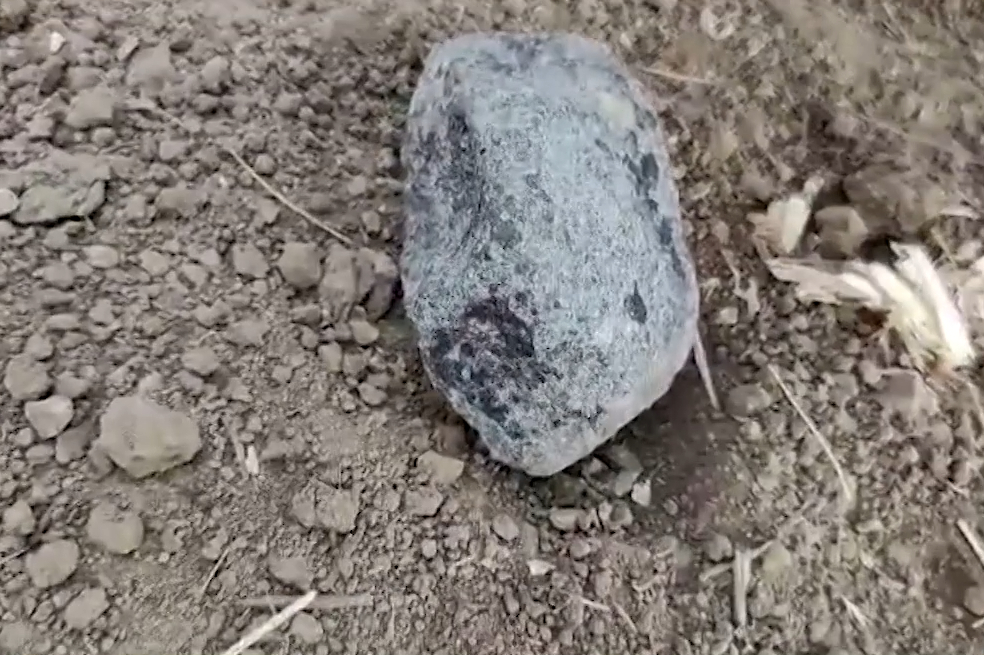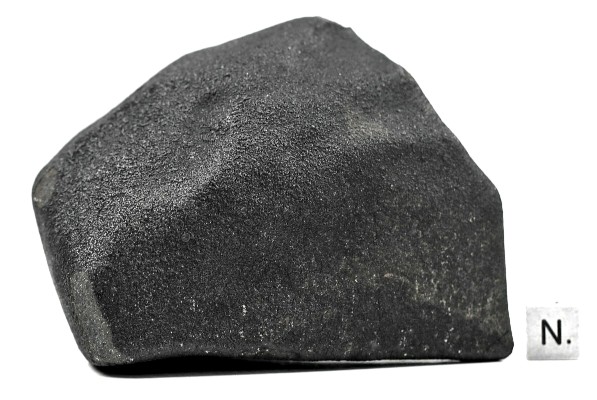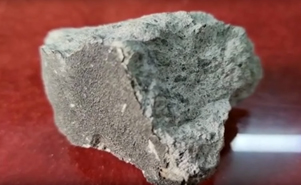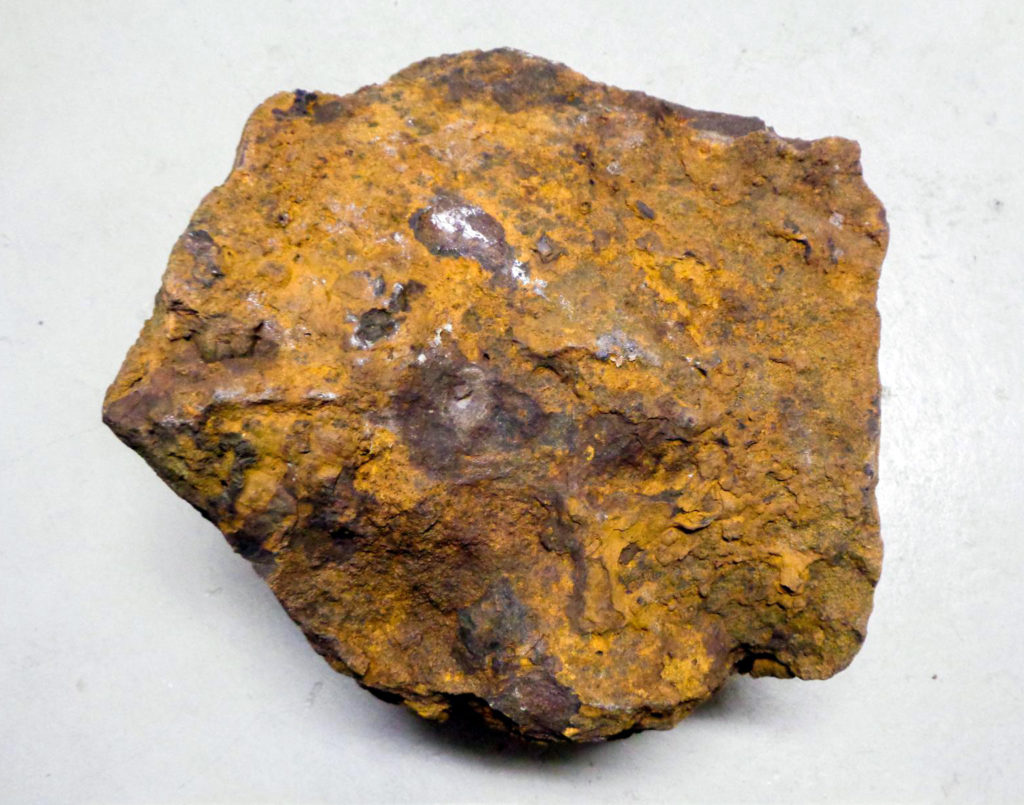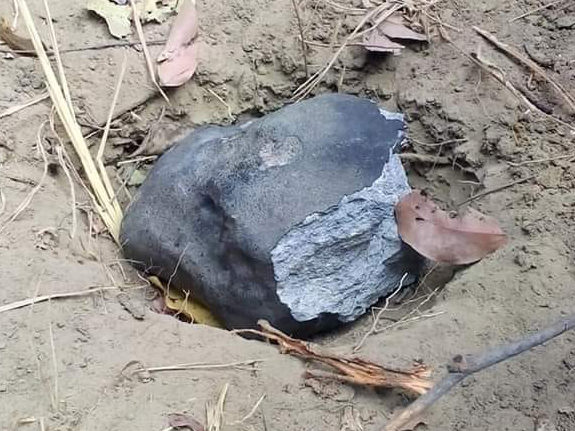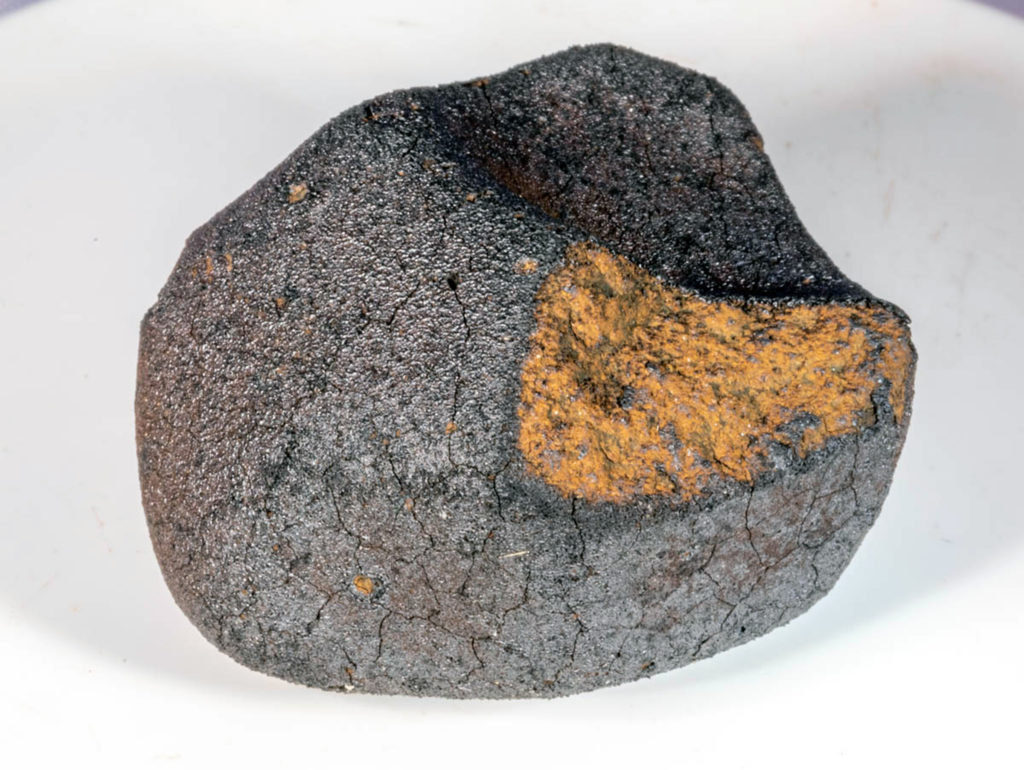Widespread production of silica- and alkali-rich melts at the onset of planetesimal melting
Max Collinet, Timothy L. Grove
Geochimica et Cosmochimica Acta
In Press, Journal Pre-proof, Available online 12 March 2020
“We present the results of melting experiments on a suite of carbonaceous and ordinary chondritic compositions (CV, CM, CI, H and LL) performed at low pressure (0.1 to 13.1 MPa) and over a range of oxygen fugacity (log fO2 – (log fO2)IW = -2.5 to -1 and +0.8, IW being the iron-wustite buffer). These experiments constrain the composition of partial melts (F = 5-25 wt.%) of chondritic planetesimals. Most experiments (IW -2.5 to -1) were conducted in Molybdenum-Hafnium Carbide pressure vessels, which prevented the loss of alkali elements from the melt. The results show that all planetesimals not significantly depleted in moderately volatile elements relative to the sun’s photosphere (e.g. CI, H and LL compositions) produced low-degree melts (<15 wt.%) rich in SiO2, Al2O3 and alkali elements, regardless of the fO2. Despite their high apparent viscosities (104-5 Pa.s), such low-density partial melts (2400-2500 kg/m3) were mobilized and, upon crystallizing, formed rocks containing up to 80 vol.% of plagioclase An10-30 (i.e. oligoclase) such as the trachyandesite achondrites Graves Nunataks 06128/9, Northwest Africa 6698 and 11575, the Almahata Sitta clast ALM-A, as well as smaller “albitic clasts” in polymict ureilites and “alkali-silica-rich” inclusions in non-magmatic iron meteorites. We suggest that silica- and alkali- rich melts were widespread in small bodies of the early solar system but that much evidence was erased by subsequent stages of melting and planetary accretion and differentiation.”

